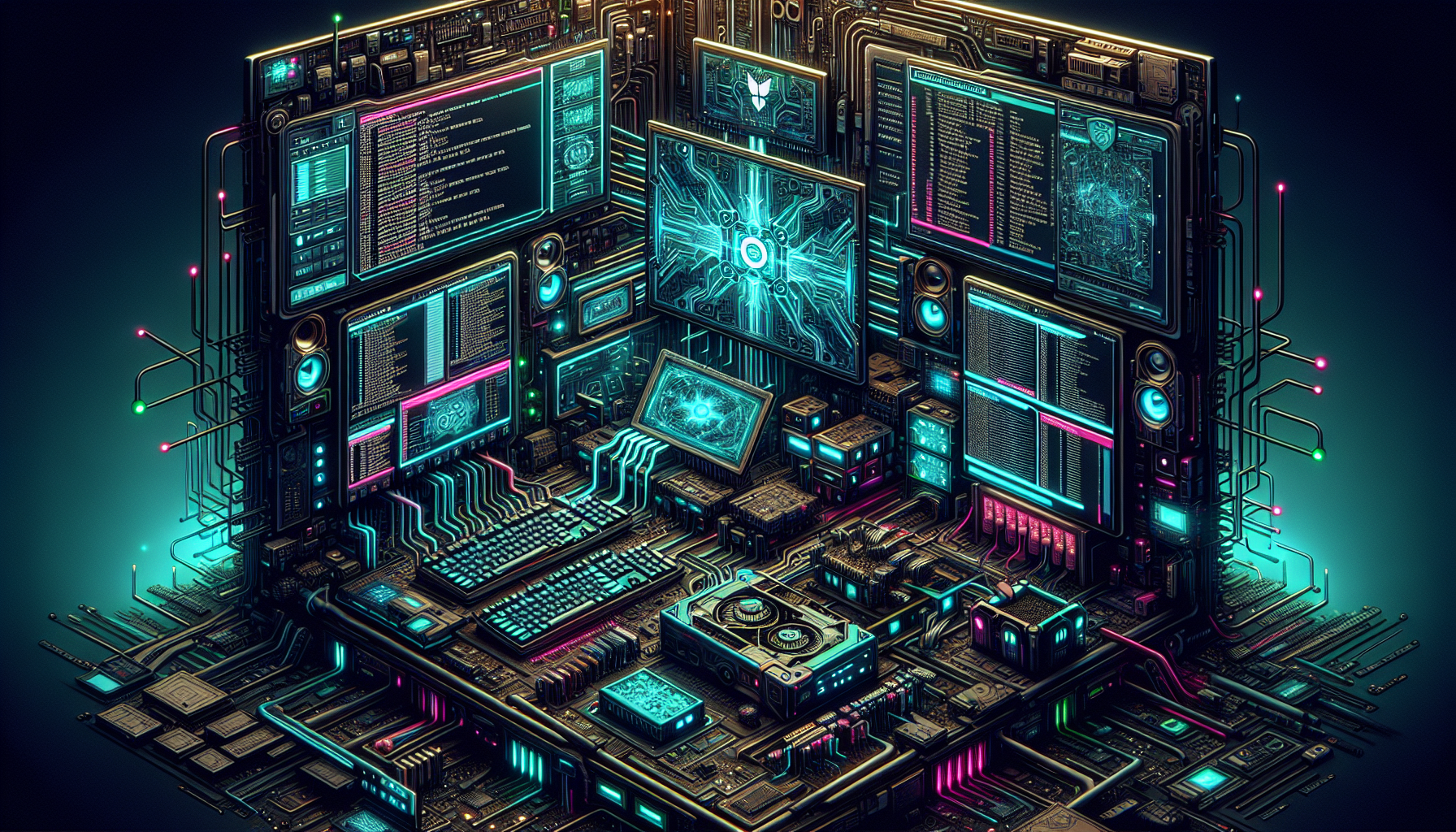Gaming on Linux has always been a topic ripe with potential and frustration in equal measure. However, with the advent of Proton, a compatibility layer developed by Valve that translates Windows DirectX calls to Vulkan, a significant portion of that frustration has dissipated, leaving behind a vast landscape of potential. This guide aims to delve deep into the heart of Proton, exploring how custom configurations can elevate your Linux gaming experience from ‘just working’ to ‘working fantastically’.
Why Proton?
Before we dive into the thick of it, let’s address the elephant in the room: Why bother with Proton when native Linux games exist? The answer is twofold. First, not all games offer native Linux support, and Proton enables access to a vast library of titles otherwise inaccessible on Linux. Second, Proton often achieves performance parity with Windows, making it an enticing option for Linux enthusiasts.
Getting Started with Proton
To start, ensure you have Steam installed on your Linux distribution. Proton is integrated into Steam through Steam Play, making it relatively straightforward to enable and use.
- Open Steam, head to
Steam>Settings>Steam Play. - Check both
Enable Steam Play for supported titlesandEnable Steam Play for all other titles. - Select a Proton version. Proton Experimental is often a good starting point for the latest improvements.
With these steps, you’ve unlocked the majority of Steam’s library on your Linux machine. But, to truly harness the power of Proton, we’ll need to dive into custom configurations.
Customizing Proton for Optimal Performance
Proton’s default settings work well, but some games may require tweaks for optimal performance or to run at all. This is where Proton’s compatibility layers and custom configurations come into play.
Creating a Custom Proton Configuration
- Locate your game’s Proton prefix: This is typically found in
~/.steam/root/steamapps/compatdata/${GAME_ID}/pfx/, where${GAME_ID}is the unique identifier for your game on Steam. - Edit
user_settings.py: Navigate to your Proton version’s directory in~/.steam/root/steamapps/common/and find theuser_settings.sample.pyfile. Copy this touser_settings.pyand open it in your favorite text editor.
Here, you can add or modify settings. For example, to enable logging, you might add:
|
|
Advanced Configuration Options
Beyond simple tweaks, Proton supports a plethora of configuration options that can significantly affect game performance and compatibility. These include, but are not limited to:
- DXVK_CONFIG_FILE: Specifies a custom DXVK config file, useful for fine-tuning DirectX to Vulkan translations.
- PROTON_NO_ESYNC: Disables eSync, which can improve performance in some games but may cause instability in others.
- PROTON_FORCE_LARGE_ADDRESS_AWARE: Forces games to use more memory, potentially improving stability for memory-intensive titles.
Troubleshooting and Optimizing
Not all games will run perfectly on the first try, and some tweaking and troubleshooting might be necessary. Here are a few tips:
- Check ProtonDB: Before diving into configurations, see if someone else has already found a solution for your game on ProtonDB, a community-driven database of games running on Proton.
- Experiment with different Proton versions: Some games may perform better with specific Proton releases. Don’t hesitate to experiment.
- Use Protontricks for tricky situations: Protontricks is a wrapper for Winetricks, allowing you to install additional libraries or make registry tweaks within a Proton prefix. This can be a lifesaver for stubborn games.
Example: Optimizing Game X with Proton
Let’s apply what we’ve learned to optimize a hypothetical ‘Game X’.
- Identify Game X’s Steam ID: Let’s say it’s 12345.
- Edit the Proton configuration for Game X: Assuming Game X benefits from disabling eSync, your
user_settings.pymight look like:
|
|
- Launch the game and observe performance: If the game runs better, you’ve successfully optimized it with a custom Proton configuration. If not, consider other tweaks or consult ProtonDB for community insights.
Conclusion
Harnessing Proton’s full potential requires a willingness to experiment and tweak, but the rewards are substantial. By customizing Proton configurations, you can turn a non-starting game into a smooth, enjoyable experience on Linux. Remember, the key to Proton is its flexibility; don’t hesitate to explore its depths.
Next Steps and Variations to Explore
- Experiment with different Proton versions to find the best fit for each game.
- Dive into DXVK and VKD3D configurations for deeper graphics performance tuning.
- Explore the use of Proton GE (GloriousEggroll), a community-maintained version of Proton with additional patches for improved compatibility and performance.
Happy gaming, and welcome to the ever-expanding universe of Linux gaming!
